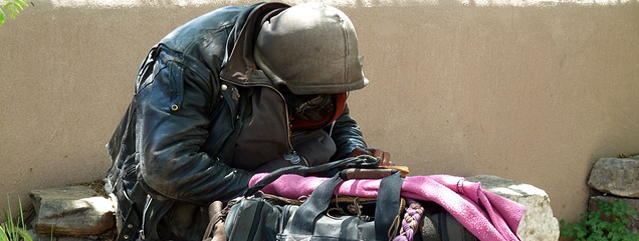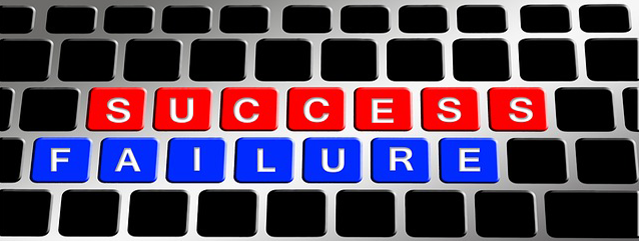Compassion Fatigue
You’ve heard of “burnout,” right? Your work environment is making you miserable, so miserable that you feel unfulfilled, depleted of energy, stripped of all motivation to effect change in the workplace. If you’re a healthcare professional, undoubtedly, you know all too well about burnout. But then there’s “compassion fatigue.” While individuals working in any kind of job setting can experience burnout, compassion fatigue is unique to those exposed to trauma while working in a helping profession: nurses, firefighters, police. Because you’re in the helping profession, you feel the onus is on you to save peoples’ lives, to make them better, to alleviate their pain, so you sign up for extra shifts, and, if you’re a nurse, offer to take care of the sickest patients. But what happens when your patients have little, or no family support, or are constantly ringing the call bell, making demands (get me water, I need more pain meds, I need something to help me sleep)? You feel like Sisyphus – no matter how many times you push the boulder up the hill, it keeps rolling back down into your weakened arms. You’re worn down, irritable, angry. That’s compassion fatigue, when you can no longer muster the sympathy to care for your patients because you’ve been exposed to the same kinds of patients again and again, and have answered an uncountable number of call-bell dings, but the bells keep dinging, and you want to keep helping, but, at the same time, you want to run.
It’s worth noting, however, that compassion fatigue doesn’t necessarily mean individuals experiencing it lack compassion, not at all. They still care about their patients. Instead, as a nursing professor at the College of Nursing at University of Arizona says, compassion fatigue is more like feeling too “full,” and even suggests a different name for it: “emotional saturation.”
Not only are healthcare professionals at risk for compassion fatigue, though, family members caring for loved ones with, say, a traumatic brain injury or dementia, are at risk too. Even those who hear about another’s traumatic experience over and over again are affected. I bring these scenarios into the mix because, sadly enough, I suffered from compassion fatigue when I worked tirelessly to navigate my father’s emotional swings, and, as he slipped into Alzheimer’s, made sure he was safe at home because he had insisted he never be put in a nursing home. And I’m witnessing compassion fatigue again, as my husband and his siblings stumble then pick themselves each day, determined to keep their aging mother safe from the ravages of dementia.
But it is possible to care too much, so much that it hurts. When I say hurt, I mean really hurt, as in traumatized hurt. Being pre-occupied with others’ suffering can cause “secondary traumatic stress” for the helping individual. It’s not unusual to experiences symptoms of post-traumatic stress disorder: anxiety, hyper-vigilance, irritability, impatience, withdrawal, poor concentration, sleep disturbance, nightmares, the list goes on.
What’s the cure for compassion fatigue? Boundaries and self-care. In other words, set limits, say no even when you want to say yes, remind yourself to take time out, meditate, go for a walk, keep a journal, draw, listen to your favorite music, dance, do yoga, take a bath, read a novel, watch a funny movie. Watch the sun set. Watch the sun rise.
For more resources on how to evaluate whether or not you have compassion fatigue and how to prevent/treat it, go to compassion fatigue and healthy caregiving.
Read More





Recent Comments